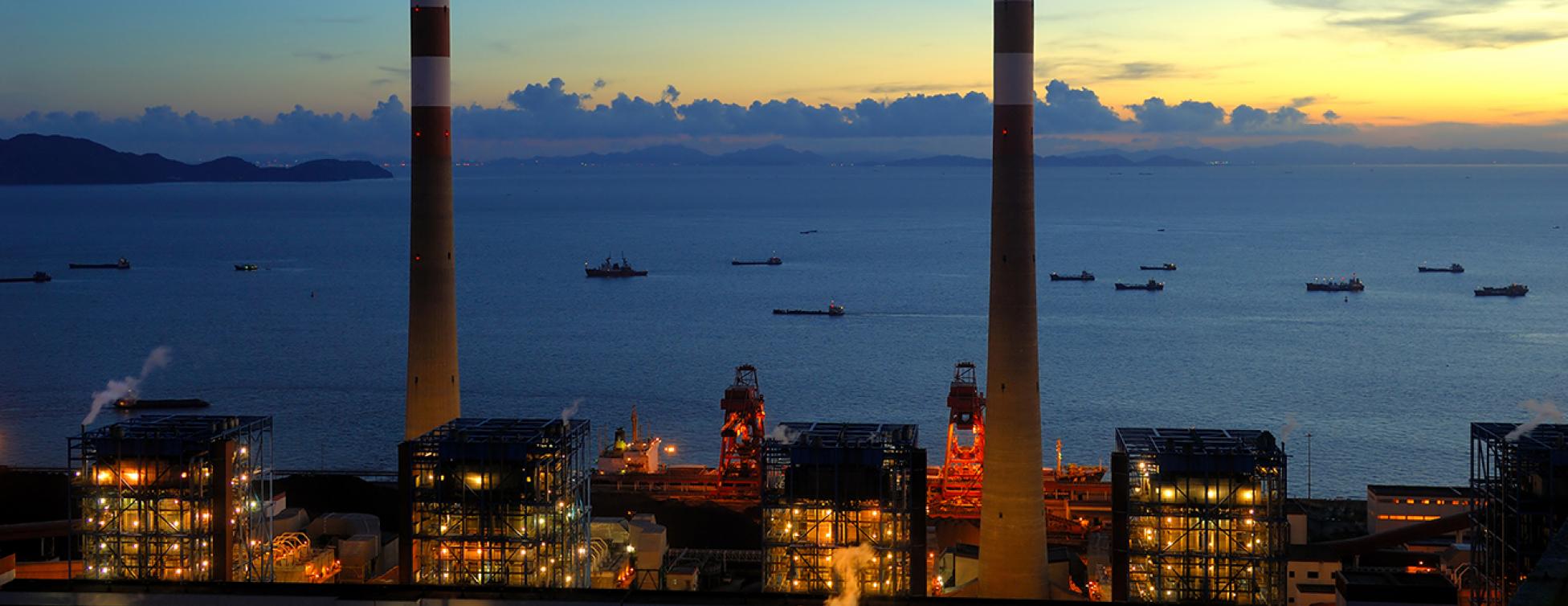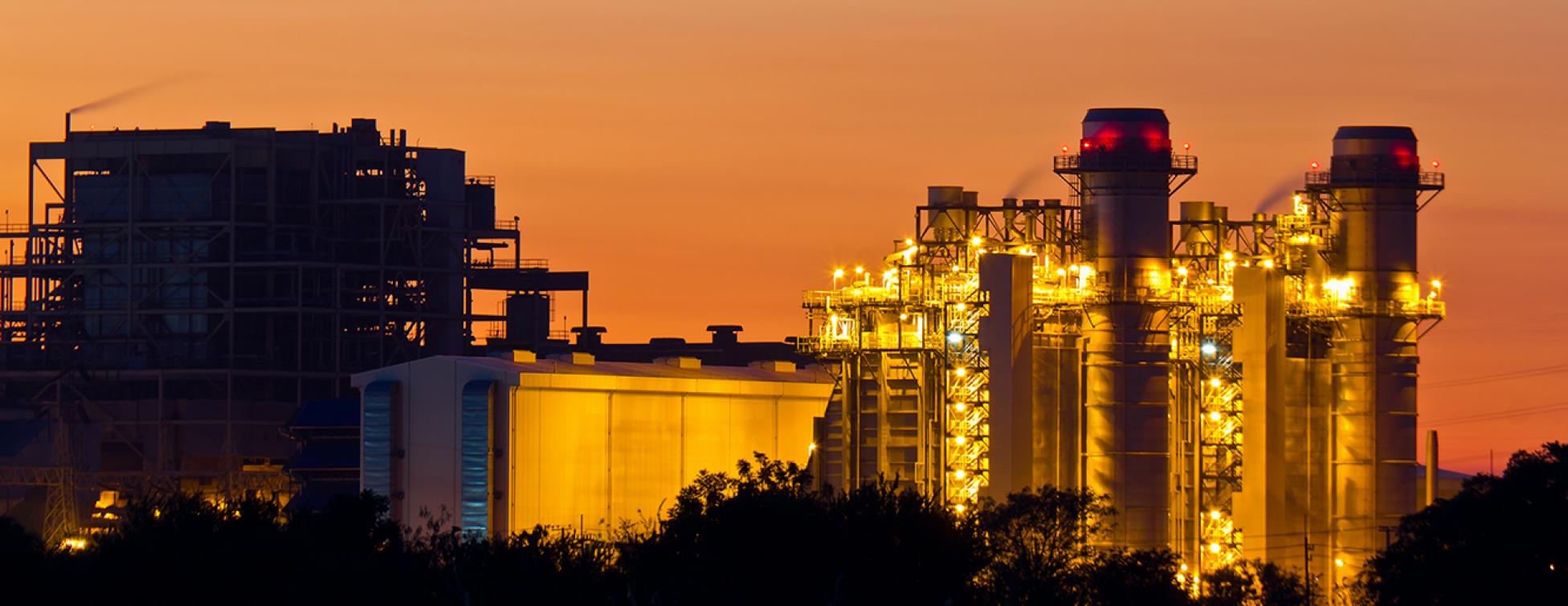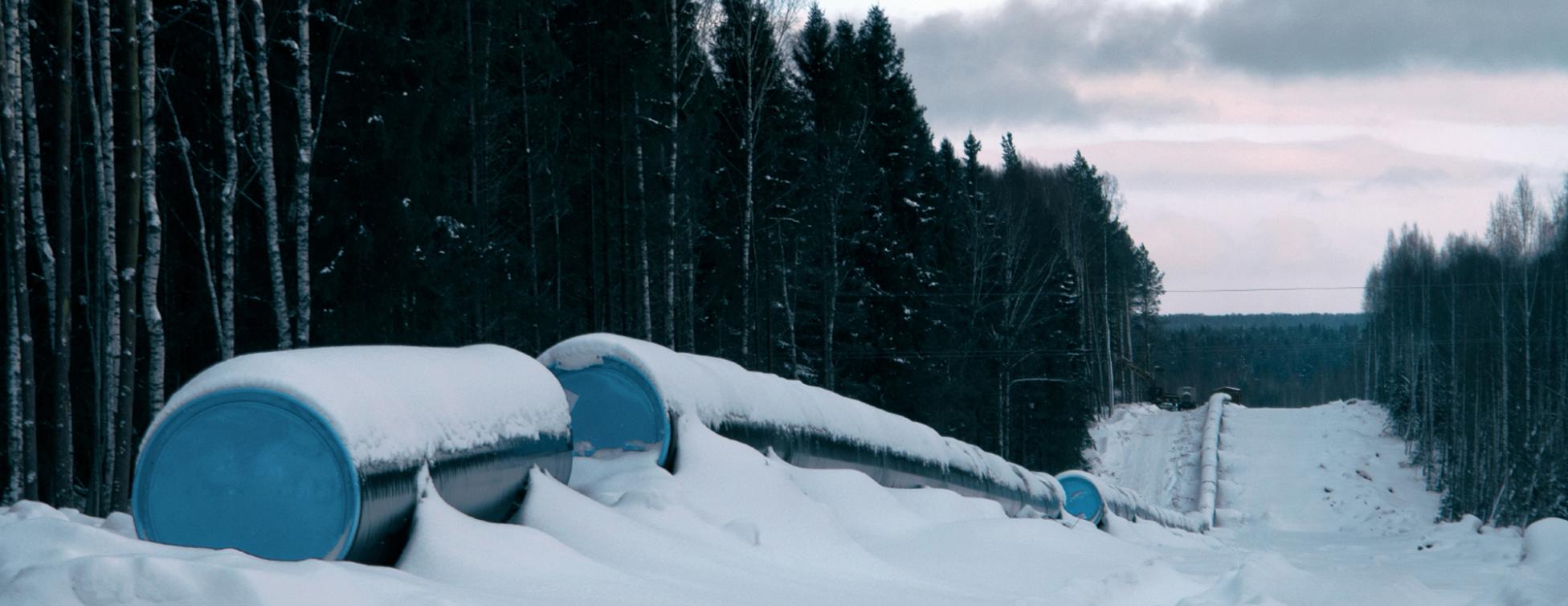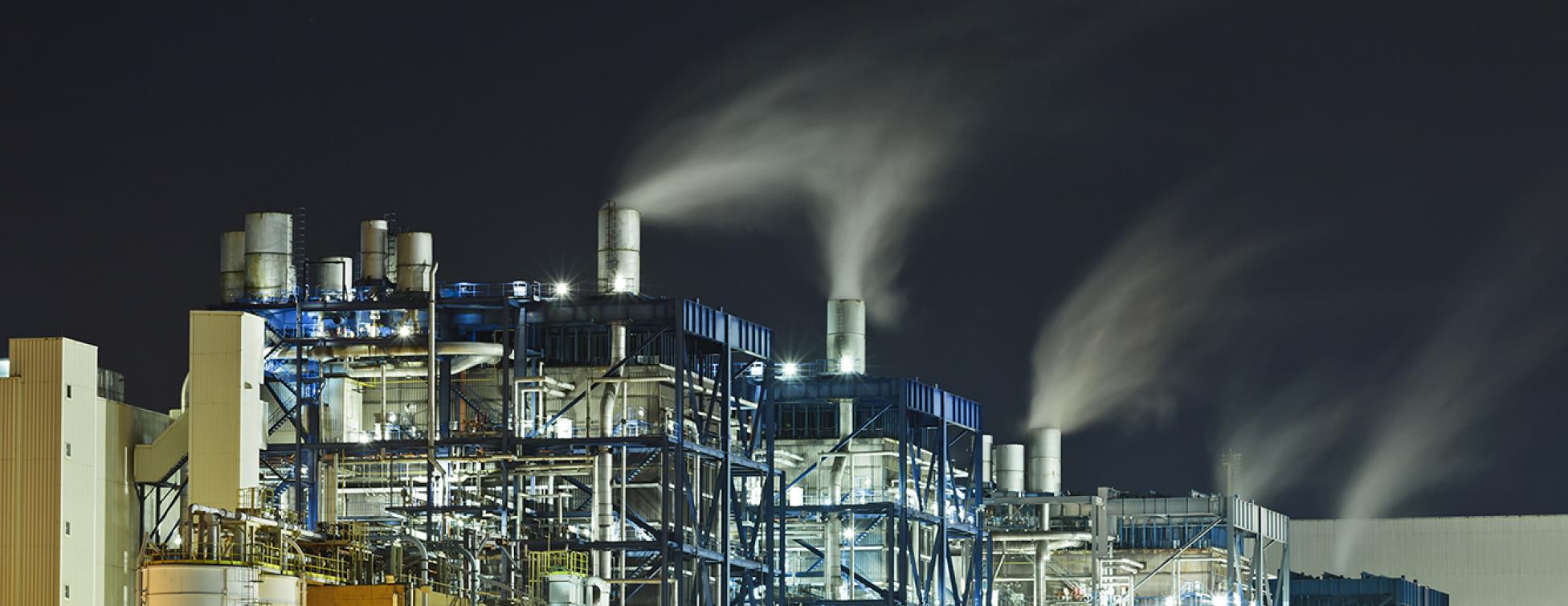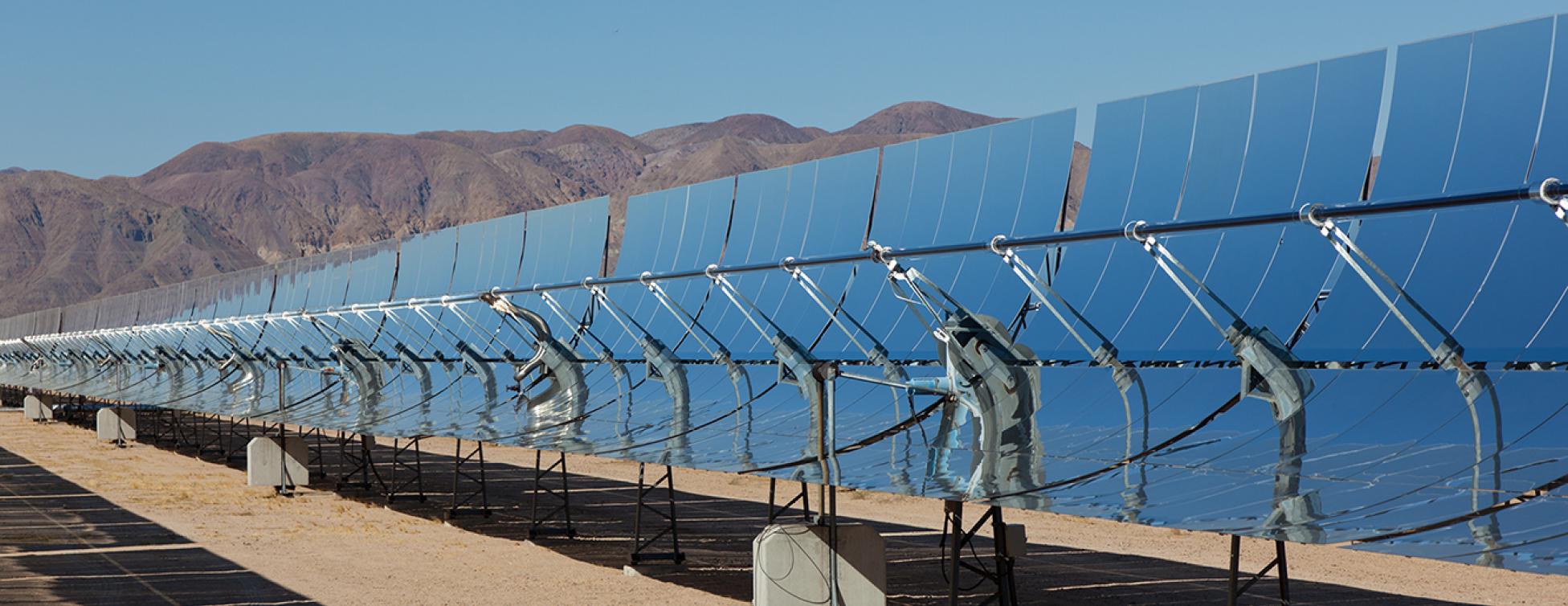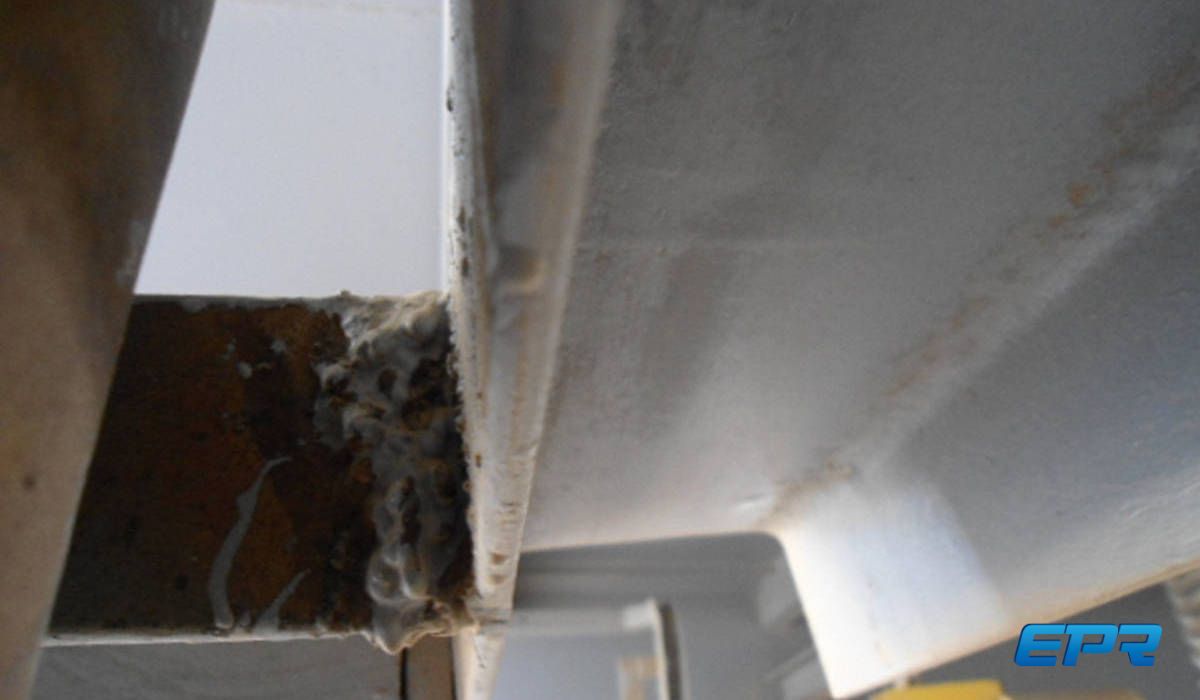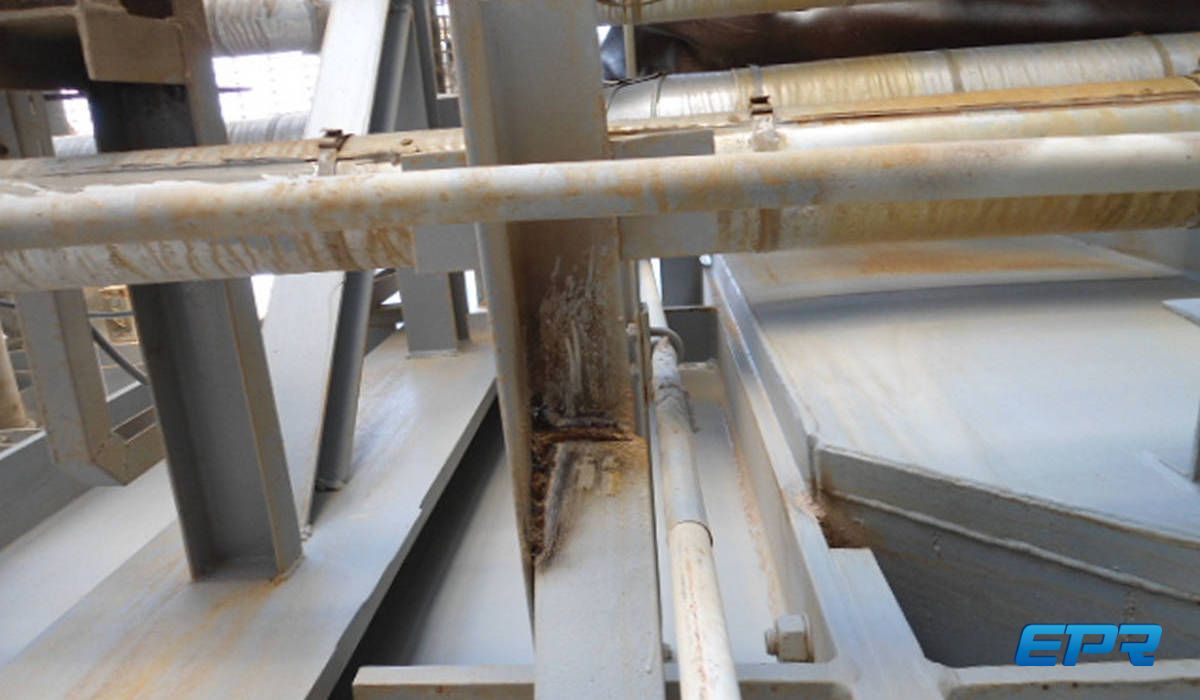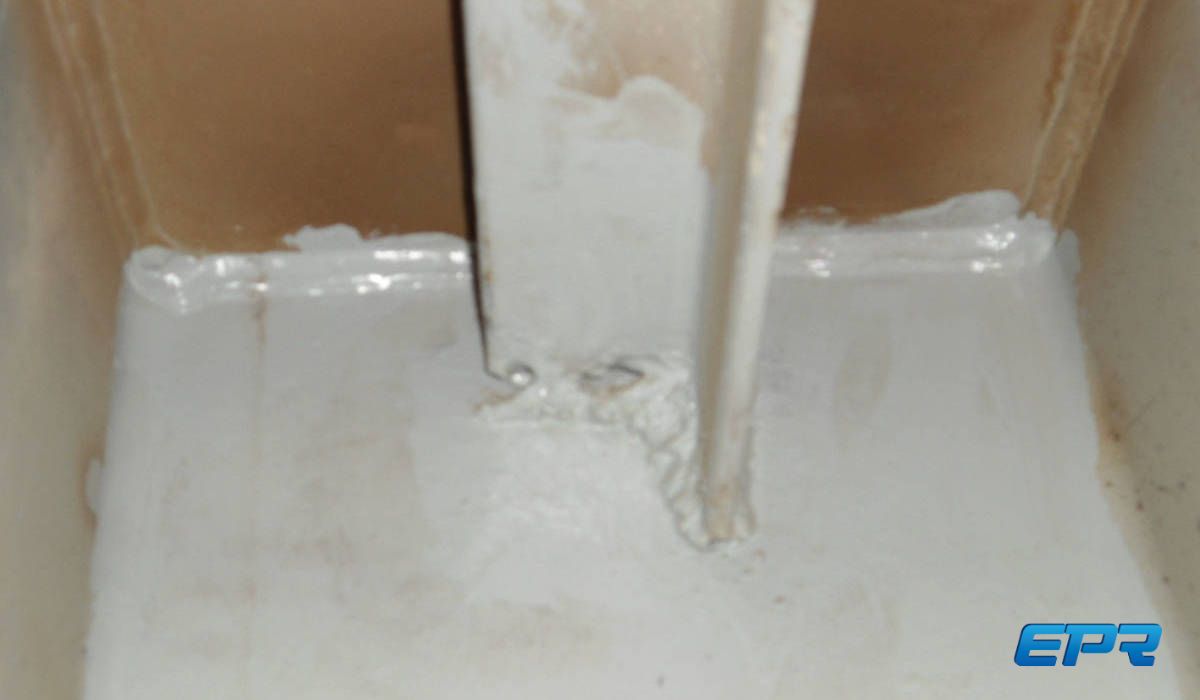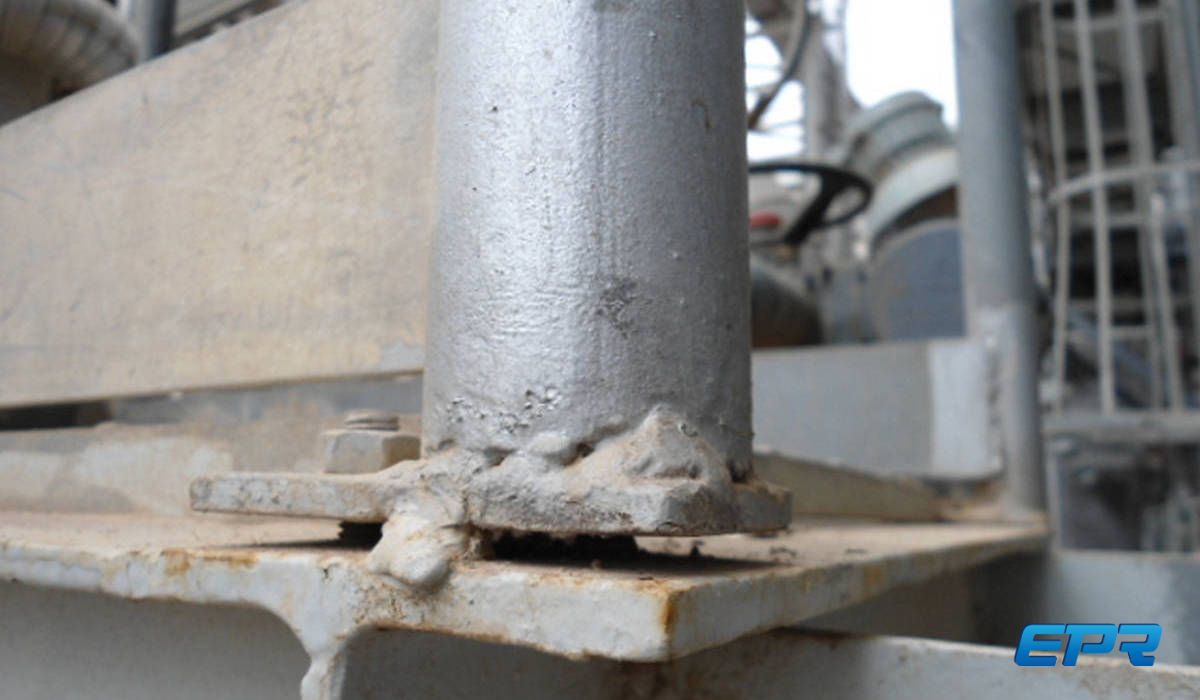General Welding
In a completed facility inspected by EPR, there was a noticeable level of unacceptable general welding. As a frame of reference, this plant was purchased to be built by an experienced contractor to western standards (AWS) in a location where suitable labor was available.
During the initial stages of the review, it became clear that some workmanship lapses were so pervasive that a plant-wide cataloging of the defects was impractical. Therefore, a detailed review was conducted on one power train to determine a representative condition of the whole plant related to general welding.
171 welds on pipe supports, electrical cable tray/conduit supports, and gallery steel were evaluated per the visual acceptance criteria standards of AWS D1.1, Sections 5 and 6. 20 (twenty) were found to meet the most basic “stand-back” visual acceptance criteria of the AWS D1.1. Effectively, at least 89% of the welds did not meet the AWS visual acceptance criteria, and many (most) failed with multiple defects. Keep in mind this investigation did not get into real detail with the use of Cambridge or fillet gauges for which several, or possibly all, of the 20 “passable” welds might have also been rejected.
Section 6 of AWS D1.1 explains the contractor obligations for visual inspection and correction of deficiencies in materials and workmanship performed under this code. It is believed that welders were either not qualified or should have been re-trained and re-tested based on the observed quality of the field welds.
As a final observation, “paint”, usually without proper prep, primer, or observance of recoat times was used often to mask the welding problem.
Clearly some money was saved, but it could not have been significant.
Owner: Could be as little as occasional maintenance labor for failed items, or significant when important failures occur costing operating hours/days.

